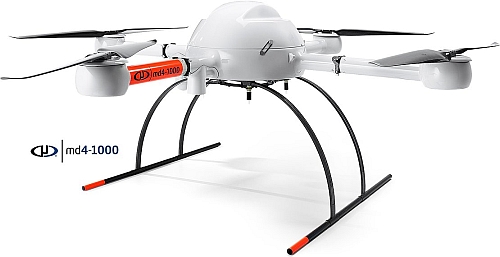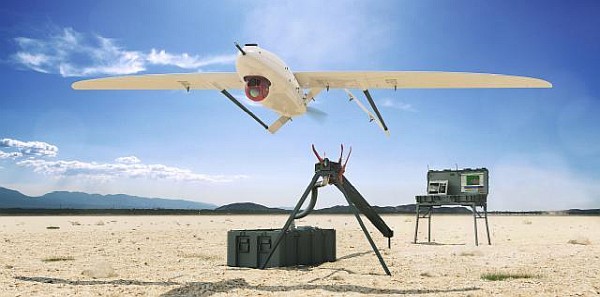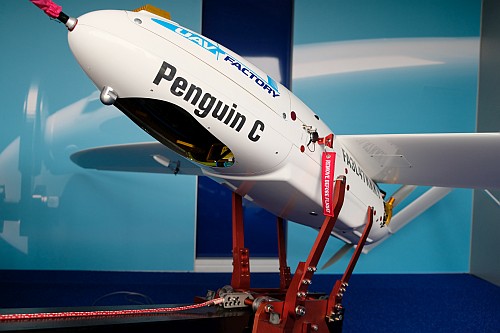Podcast: Play in new window | Download (Duration: 23:54 — 16.5MB)
DHS resources for the threat of UAS to critical infrastructure, urban testing of drone flights in Reno, using drone images as evidence, a delay for the remote ID NPRM, and a drone used by the Army Corps of Engineers.
UAV News
‘We’re Not Being Paranoid’: U.S. Warns Of Spy Dangers Of Chinese-Made Drones
NPR references the DHS Cybersecurity and Infrastructure Security Agency (CISA) website Unmanned Aircraft Systems (UAS) – Critical Infrastructure. It contains a video describing the UAS threat to critical infrastructure, as well as a description of what the threat is, why the threat is important to critical infrastructure, actions critical infrastructure organizations can take, available DHS UAS resources, and contact information.
Video: UAS and Critical Infrastructure – Understanding the Risk
NASA’s First-Of-Kind Tests Look To Manage Drones In Cities
Tests in downtown Reno have included an autonomous drone flight from one rooftop of a five-story parking garage to a roof across the street. The drone adjusted itself for gusty winds. In another test, drones approached each other and avoided colliding. The drones have onboard software for landing, avoiding crashes, surveillance, detection, and identification. Ground system software communicates flight plans and positions to other software systems. The Nevada Institute of Autonomous Systems is conducting the Reno tests.
Man says neighbors used drone footage in court against him
A man in Indiana bought a 35-acre property in 1985, but his new neighbors didn’t like what he was doing on his own land. The neighbors complained to the county accusing him of violating county ordinances. Apparently, they flew a drone over the property taking pictures as evidence. The property owner says they had to be BVLOS to get those pictures.
Remote ID Regulations For Unmanned Aircraft Systems (UAS) Are Delayed Until September 2019
The Notice of Proposed Rulemaking (NPRM) for Remote Identification of UAS was scheduled for July 2019. The Office of Information and Regulatory Affairs says the NPRM will instead be issued in September 2019. This comes from the May 22, 2019 OIRA publication of the Trump Administration’s Unified Agenda of Regulatory and Deregulatory Actions.
UAS adds cutting-edge capabilities for Corps projects
The U.S. Army Corps of Engineers Sacramento District has begun using a Microdrones quadcopter. The District’s 4-person UAS team has been trained by Microdrones. Two of them are Part 107-certified UAS pilots. Applications include video footage and photos for the Public Affairs Office, creating detailed site maps, and high-resolution 3-D images for team members and partner agencies.
Microdrones to Host GeoDays 2019, June 12 – 14
Microdrones is hosting GeoDays 2019 at their location in Germany. They’ll be conducting flight demonstrations and explaining how to integrate surveying, mapping, LiDAR, and inspection into your business.
Mentioned
Drones: Latest incidents around the world – A map highlighting the latest drones incidents around the world has been published as part of the Countering Drones Conference, taking place July 9-11, 2019 in London, UK.
Opinion piece: Risk, regulation and resilience in countering drones – A report you can download on risk and regulation around drones.



